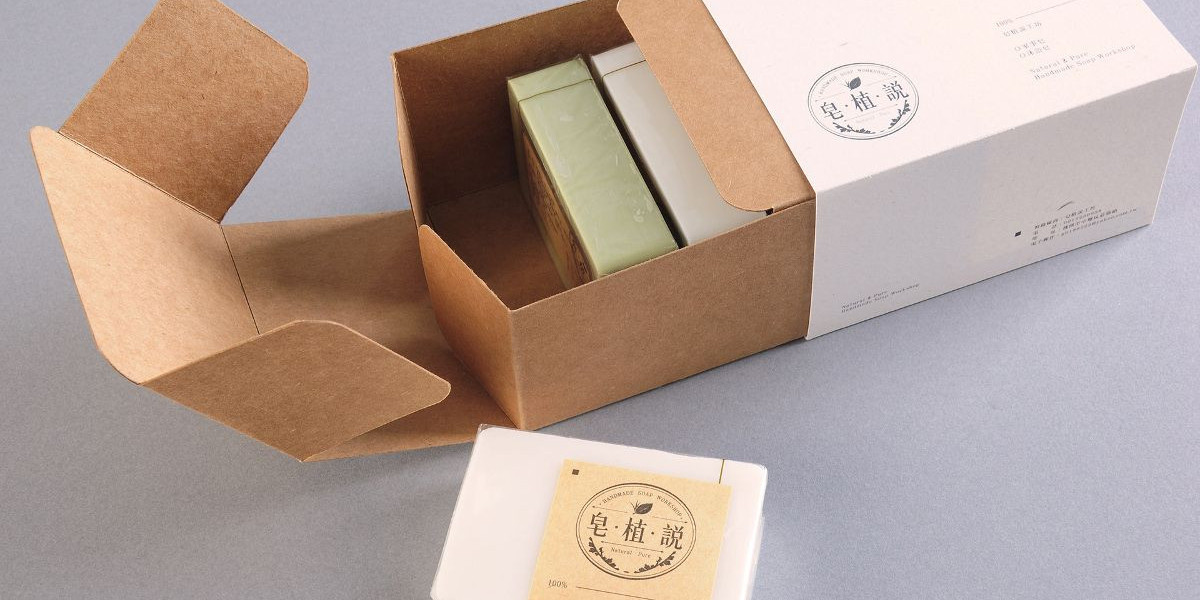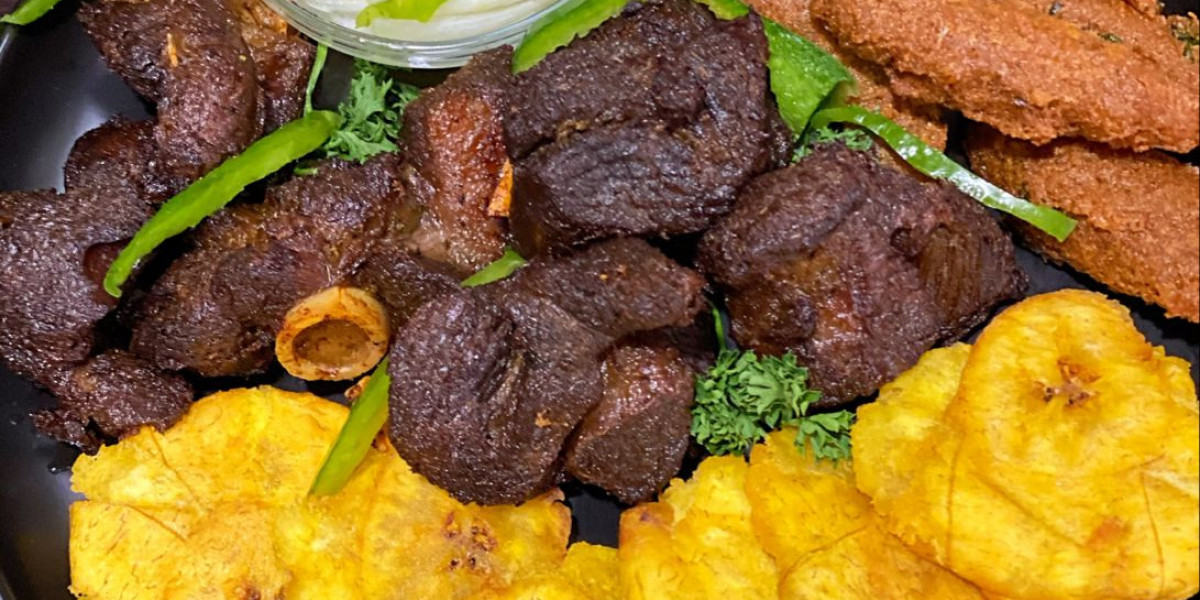Soap is a daily essential that many people use without thinking much about how it’s wrapped. However, packaging plays a big role in protecting the product, making it look good, and even supporting a brand’s message. For small businesses, handmade soap makers, and eco-conscious brands, choosing the right type of packaging matters a lot.
Kraft Paper Wraps for a Natural Look
Kraft paper is one of the most popular packaging options for handmade and organic products. It gives a rustic and earthy feel. This type of packaging is made from unbleached pulp, which keeps it strong and eco-friendly. People who care about the planet often choose kraft paper because it can be recycled or composted easily.
The texture and color of kraft paper make it a perfect match for natural soaps. It sends a message of simplicity and purity. Small businesses that use kraft paper often stamp their brand logo or add a small label for product details. The design is minimal, yet very effective.
Kraft wraps are also flexible. You can wrap the soap like a gift or simply fold and tape the paper around it. For added protection, a wax paper layer can be used inside to stop oils from leaking out. This helps preserve the soap and avoids stains on the outer packaging.
One benefit of kraft paper is its affordability. It’s easy to find and does not require special printing machines. Brands looking for cost-effective solutions often go for this option. It also works well for both large batches and small handmade soaps.
In terms of visual appeal, kraft paper adds charm. It fits perfectly with products that use natural ingredients. It also appeals to customers who look for eco-friendly choices. Kraft wraps offer a simple, reliable, and sustainable way to pack soap without harming the environment.
Custom Printed Boxes for Brand Identity
Custom printed boxes allow businesses to showcase their brand in a creative and detailed way. These boxes offer more space for information, designs, and visuals. You can include your logo, ingredients, usage tips, and even a brand story on them.
One big advantage is the opportunity to stand out on store shelves. With bold colors and creative graphics, your product becomes easier to notice. That’s very important in crowded markets. A well-designed box can make people curious and lead to a sale.
Cardboard is often used for custom boxes. It’s strong enough to protect the soap while allowing high-quality printing. You can choose from matte, glossy, or textured finishes. Some brands even add gold foil or embossing for a more luxurious look.
Another benefit is that custom boxes give full coverage. This protects the soap from dust, moisture, and sunlight. It helps the product last longer. For companies shipping soaps, these boxes also offer better safety during transport.
Despite the higher cost compared to simpler options, custom boxes add value. They make the product look professional. A customer is more likely to trust a brand that puts effort into the packaging. It sends a message that the brand cares about its product and image.
Lastly, these boxes can be made eco-friendly. Many suppliers offer recycled cardboard and soy-based inks. This way, you can impress customers while also being kind to the environment.
Fabric Wraps for a Personal Touch
Using fabric as a wrapping option brings a warm and handmade feel. This method is often used by artisans who want to offer something unique. The fabric can be cotton, muslin, or linen, and it often looks beautiful even before you open it.
Fabric wraps offer both beauty and function. They can be tied with a ribbon or string, adding a decorative touch. Because the material is reusable, many customers feel like they are getting a bonus gift. Some even use the fabric again for storage or crafts.
This type of wrap is perfect for gifting purposes. The look is soft and inviting, making it ideal for special occasions or holiday sales. It also speaks to customers who value sustainability. Reusable wraps mean less waste, and that matters to many buyers today.
One thing to note is that fabric wraps do require more time to prepare. You must cut the fabric to size and tie each bar by hand. This makes it harder for mass production but works well for small batches. For artisans, this extra effort often pays off in customer satisfaction.
To protect the soap, a wax paper or parchment layer can be placed inside the wrap. This prevents oil from soaking into the fabric. You can also add a small tag to share the product’s details or your brand’s story.
Fabric wraps help a product feel special and well-crafted. They add charm and personal touch that machine-made options may lack. If you’re aiming for a handmade, warm, and sustainable presentation, fabric is a lovely choice.
Glassine Bags for a Clean Finish
Glassine bags are smooth, glossy, and semi-transparent. They offer a sleek and clean look, perfect for showcasing soap with pretty colors or textures. The material is air and grease resistant, making it ideal for oily or scented products.
Many people confuse glassine with plastic, but it’s actually made from wood pulp. It’s biodegradable and recyclable, which makes it an eco-friendly option. It’s also easy to customize. You can stamp your brand name or add stickers for a personal touch.
These bags are usually sealed with a fold-over flap or sticker. Some brands use twine or washi tape to keep the look creative. The semi-clear nature of glassine lets customers peek at the soap inside. This builds trust as they can see what they’re buying.
In terms of usage, glassine is great for market stalls, gift packs, and subscription boxes. It’s light, easy to store, and takes up less space. It’s not ideal for very soft soaps, but it works well for firm, dry bars.
One thing to remember is that glassine is not waterproof. So if your soaps are very oily or moist, you may need to use an inner wrap. However, with proper storage, this won’t be an issue.
Glassine bags are perfect for brands that want a clean and modern look. They are simple, effective, and friendly to the earth.
Biodegradable Shrink Wrap for Protection
Shrink wrap is often used to seal the soap fully, keeping it fresh and clean. Biodegradable shrink wrap is now available for brands that want to stay eco-conscious. This type of wrap looks like plastic but breaks down over time in the right conditions.
The wrap hugs the soap closely, keeping out dust, moisture, and germs. This adds a strong layer of protection. It also keeps scents locked in, which is helpful when selling in stores or online. Customers appreciate receiving a clean and untouched product.
Shrink wrap is useful for shipping and display. It prevents damage and allows customers to see the product clearly. Labels can be placed on top without any smudging. The clear view also shows off the soap’s colors, shapes, or layers.
To apply shrink wrap, you usually need a heat gun. This can be a small investment for small business owners. However, it’s easy to learn and doesn’t take much time once you get used to it. The final look is neat and professional.
One drawback is that shrink wrap doesn’t offer much style on its own. It’s often paired with other packaging elements like boxes, sleeves, or ribbons. But for those who want protection above all, it’s a great choice.
Biodegradable options make it possible to use this practical material without hurting the planet. That makes it a useful tool for brands balancing safety and sustainability.
Eco-Friendly Soap Pouches
Soap pouches offer a two-in-one solution: packaging and usage tool. These pouches are usually made from natural fibers like cotton or sisal. They serve as a scrubber when the soap is inside, and they can be reused many times.
One big benefit is that the pouch lets customers use up every bit of soap. Instead of tossing small leftover pieces, they can be stored and used inside the pouch. This saves money and reduces waste.
Soap pouches are breathable, which helps the soap dry between uses. This extends the life of the product. They’re also simple to brand. You can attach a small tag or print directly on the fabric. This adds identity without wasteful packaging.
For handmade soap makers, these pouches are a strong marketing point. They align with zero-waste lifestyles. They also add function, which can increase customer satisfaction. If you’re looking to add value to your product, this is a smart option.
Soap pouches work best when paired with hard, long-lasting soap. They may not suit very soft or decorative bars. However, they are a favorite among outdoor lovers and eco-conscious users.
Customers appreciate the practical use and sustainable message. Soap pouches are a modern answer to both packaging and product efficiency.
Eco Boxes with Seed Paper Inserts
Another creative and sustainable idea is using eco boxes with seed paper. These boxes are made from recycled materials and include a plantable tag or insert. After using the soap, the customer can plant the paper and grow herbs or flowers.
This kind of packaging turns a one-time use into an experience. It connects the buyer to nature and reminds them of your brand long after the product is gone. Seed paper comes in many shapes and sizes. It can carry your logo, a thank-you note, or care tips.
The boxes themselves are sturdy and good for shipping or store displays. They can be decorated with soy-based ink or stamps to keep things natural. While more costly than basic wraps, they create a high-end and thoughtful impression.
This method works especially well for gift items, wedding favors, or eco brands. People love the extra step of being able to plant something useful. It’s packaging that keeps giving.
Pairing this idea with earth-friendly soap enhances the message. It shows your full commitment to sustainability. These little touches can turn a one-time buyer into a loyal customer.
Minimalist Designs for Modern Appeal
Sometimes less is more. A minimalist design uses clean lines, neutral colors, and simple fonts. This type of packaging looks modern and professional. It’s a favorite among urban and wellness-focused brands.
With minimalist design, every detail matters. The font, color, and shape should match your brand’s feel. Even a small label or sleeve can say a lot. Less clutter means more focus on the product itself.
Minimalist packaging is also cost-effective. It avoids extra layers and materials. This helps reduce waste and saves on production costs. Many brands use recyclable materials, making it both smart and sustainable.
This style fits well in health stores, boutiques, and online shops. It signals quality and care without loud design. Customers often associate clean packaging with clean ingredients.
While the style is simple, it requires careful planning. Every element should feel intentional. A minimalist look can build trust and leave a lasting impression. For brands that want to appear modern, fresh, and honest, this is the way to go.
Choosing the right soap packaging helps protect the product, share your message, and build brand loyalty. Each option has its own strengths. Your choice should reflect your values, product type, and customer needs.
Order Now: https://ibexpackaging.com/soap-boxes/













